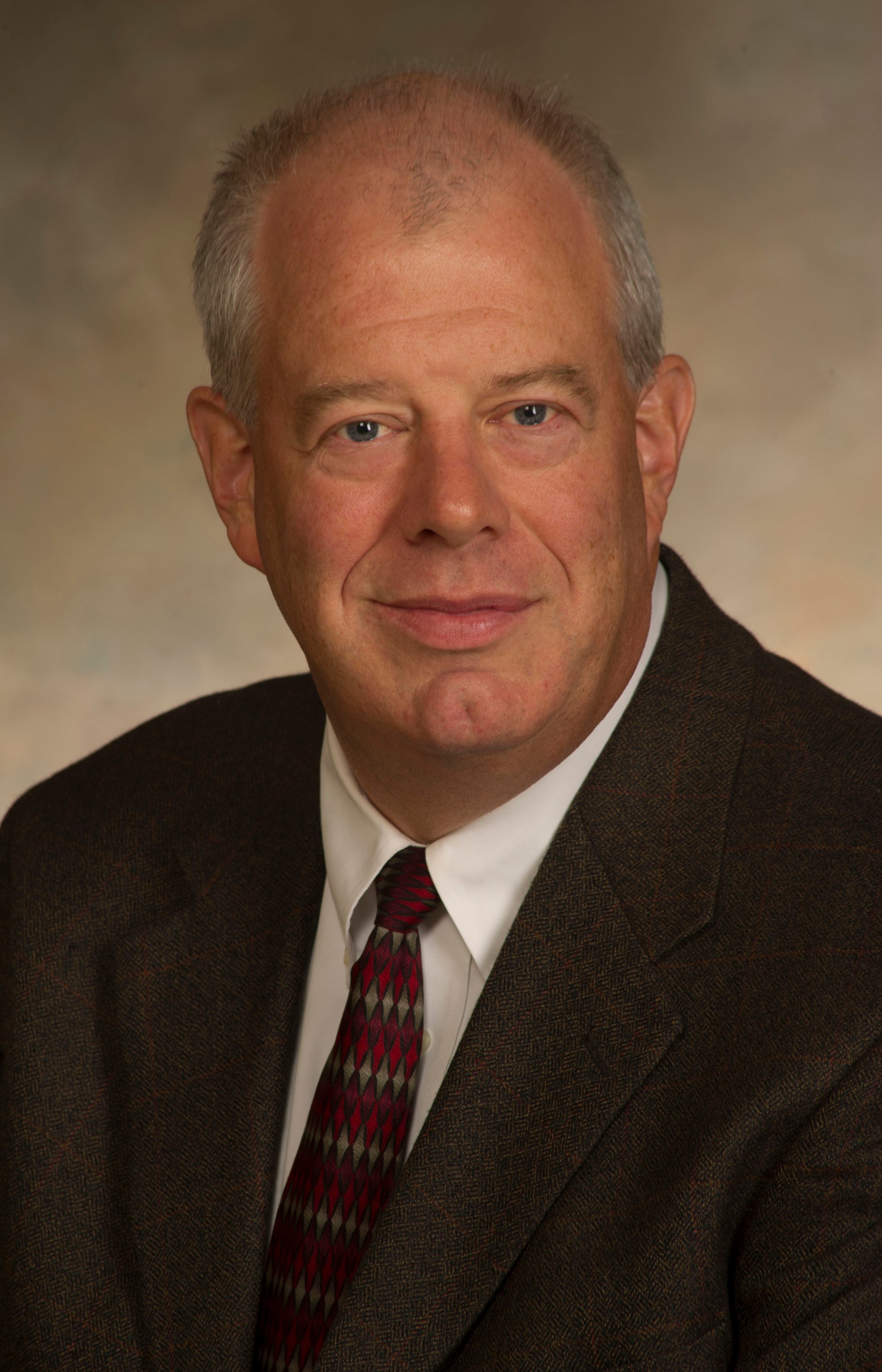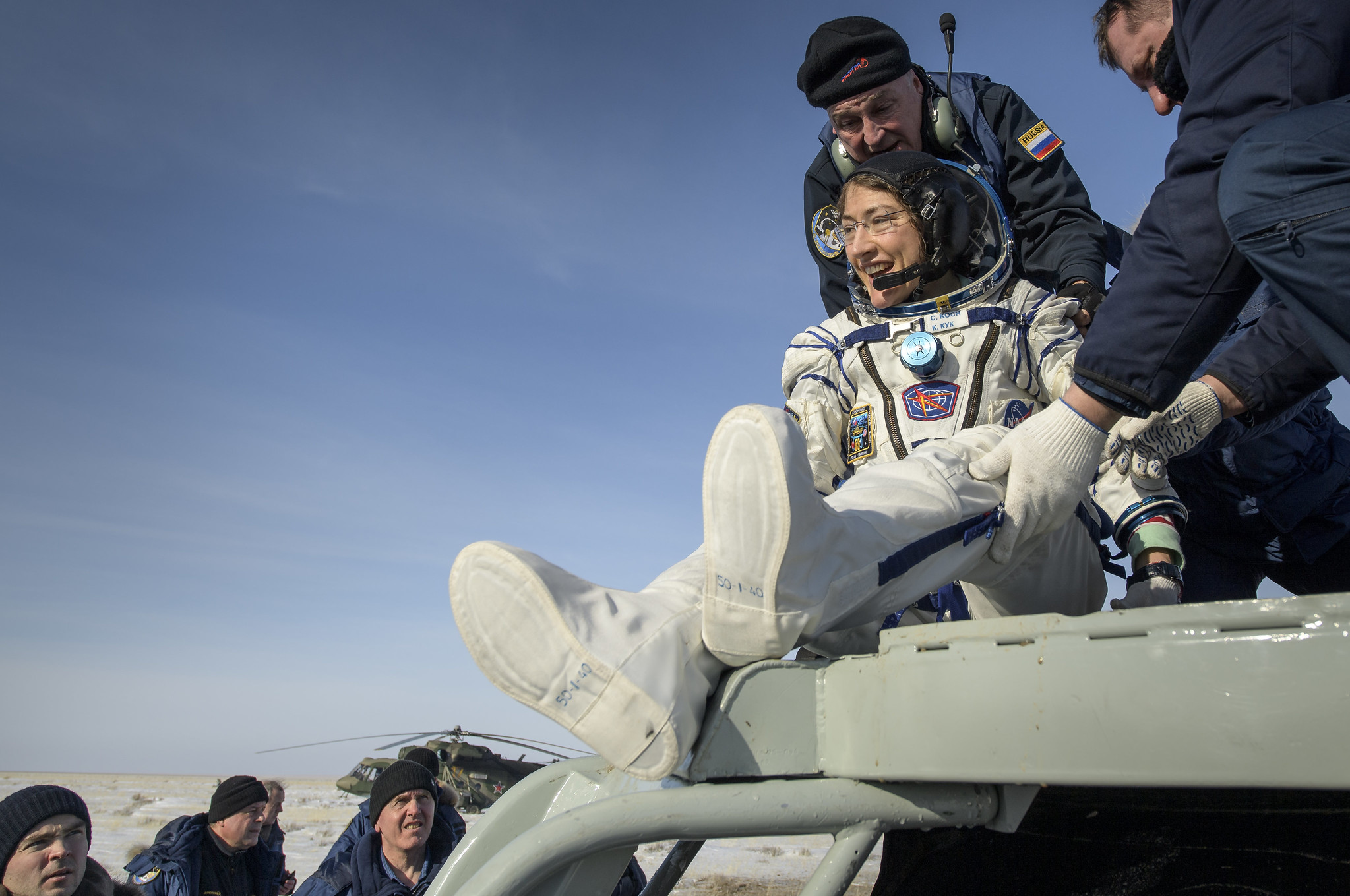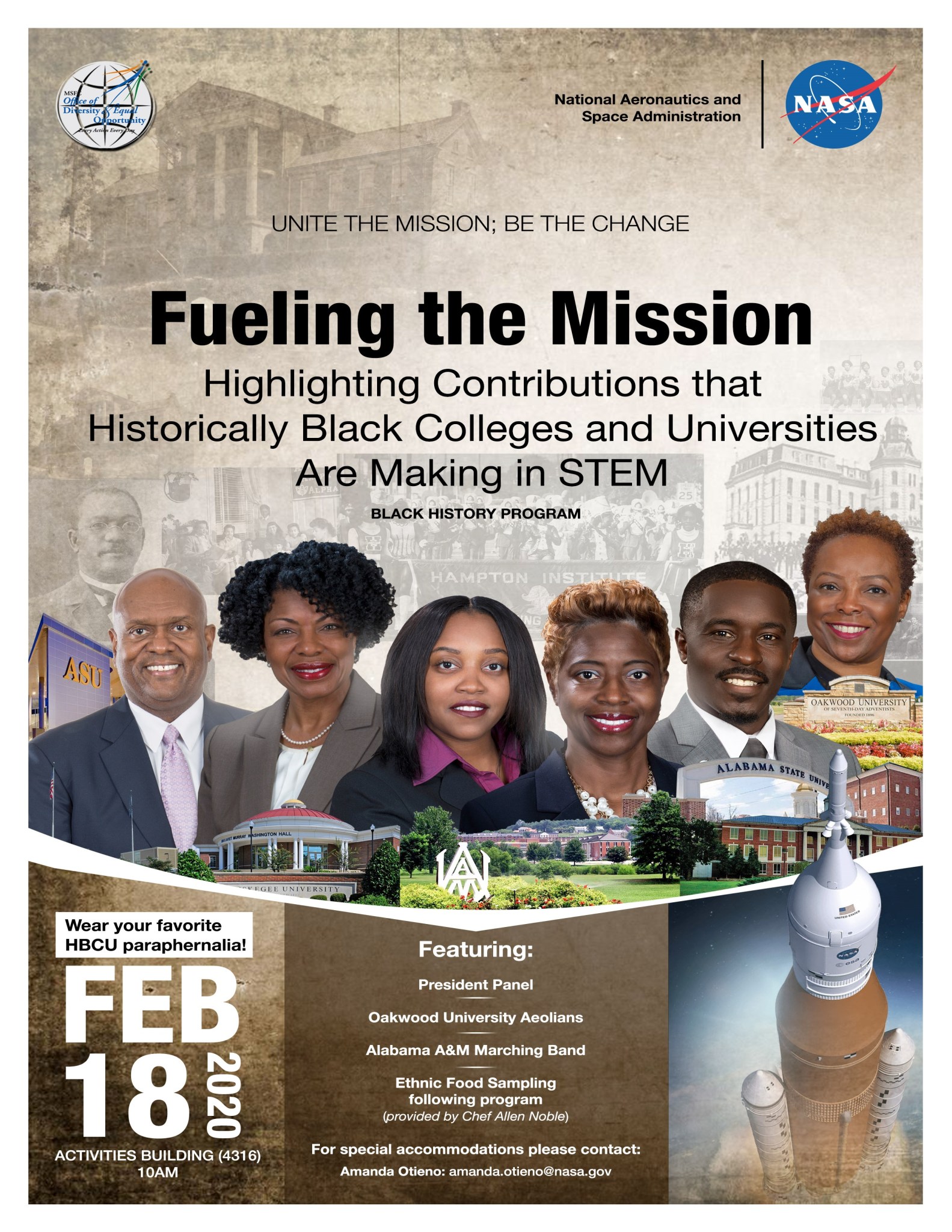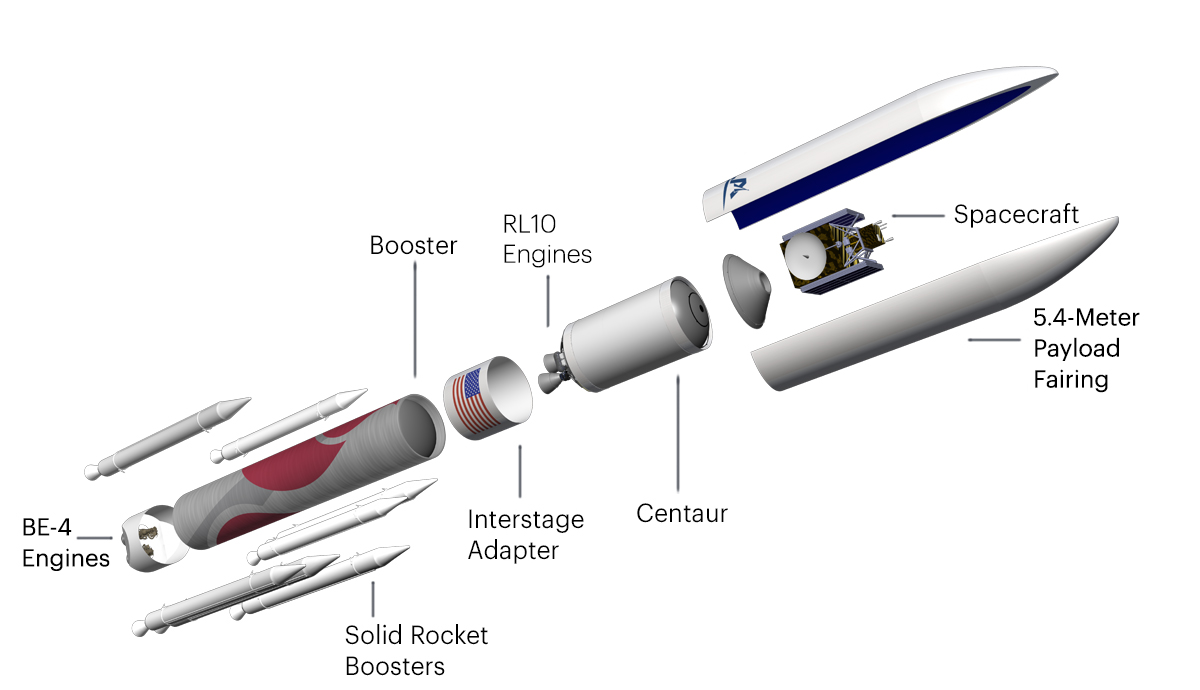In This Week’s Star
- Marshall Director Singer, NASA Associate Administrator Jurczyk Address Proposed FY2021 Agency Budget
- Thomas Brown Appointed Director of Propulsion Systems Department in Marshall’s Engineering Directorate
- NASA Astronaut Koch’s Record-Setting Mission Helps Scientists for Future Missions
- New B-2 Test Stand Model Unveiled to SLS Program Leadership
- Marshall to Celebrate Black History Month With Panel Discussion Feb. 18
- NASA’s 3D-Printed Habitat Challenge Winners to Discuss Automation, 3D Printing in Public Panel
- February Tech Talk Features United Launch Alliance Chief Scientist
- Arsenal Recreational Trails Officially Open
- This Week in NASA History: Destiny Installed on Space Station – Feb. 10, 2001
Marshall Director Singer, NASA Associate Administrator Jurczyk Address Proposed FY2021 Agency Budget
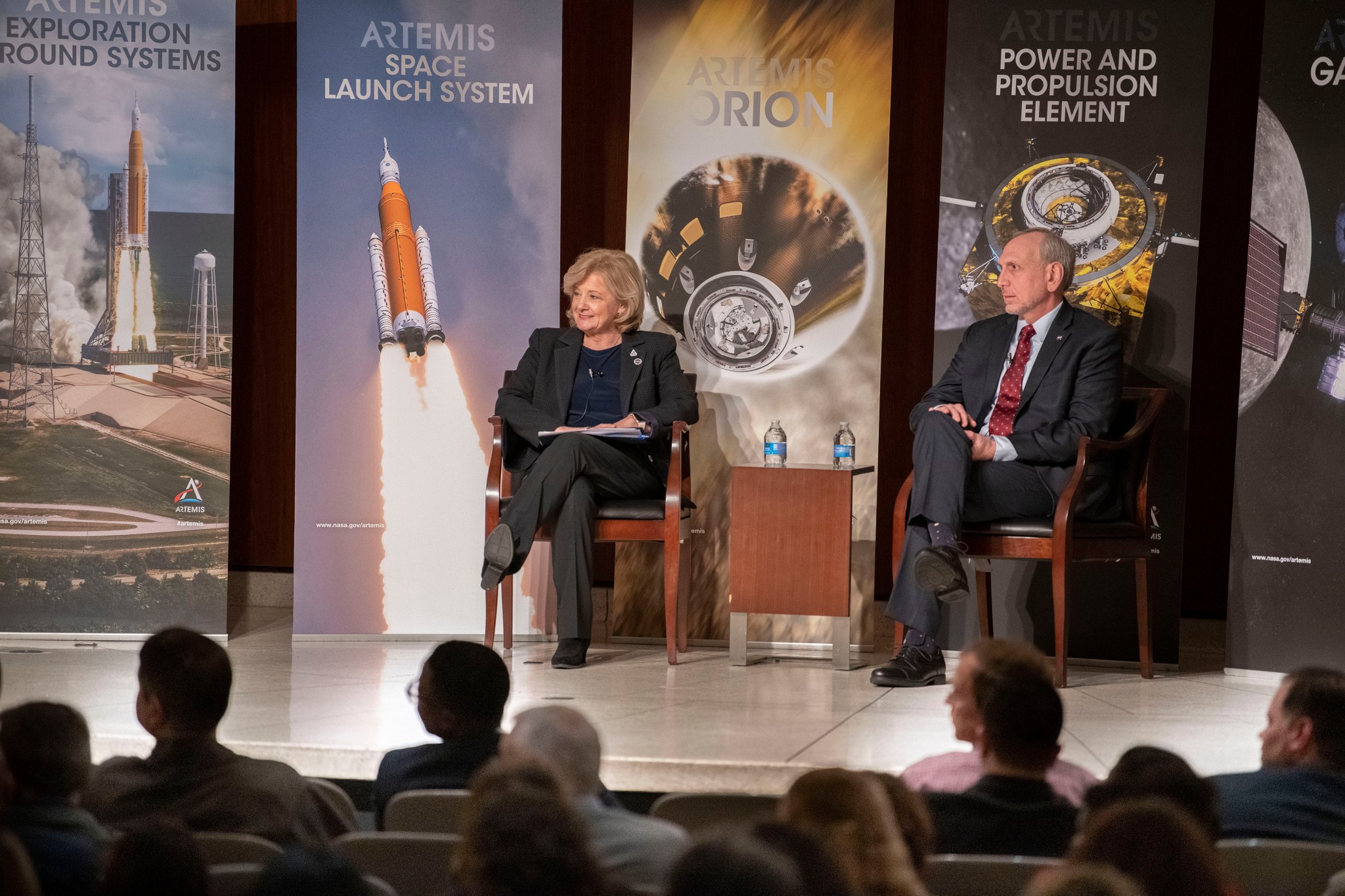
Jody Singer, left, director of NASA’s Marshall Space Flight Center, and Steve Jurczyk, NASA associate administrator, answer questions from Marshall team members during a town hall Feb. 10. Singer and Jurczyk addressed President Donald Trump’s proposed fiscal year 2021 NASA budget, which calls for $25.2 billion for the agency — a figure that includes $2.3 billion for the Space Launch System, and $3.4 billion for the development of a human landing system. Marshall manages the SLS and human lander programs. “Marshall has the confidence of the administration. The budget aligns with our leadership in human spaceflight,” Singer said. “We are setting the path to go forward and I’m very proud of the work we do. We are provided the resources necessary to deliver on HLS and the SLS.” Powered by the SLS, NASA’s Artemis Program will send the first woman and next man to the Moon in 2024. “This budget sets us up for achieving the vision that the administration set forth for Artemis,” Jurczyk said. “I know the agency is up for the challenge.” Comprehensive information about the proposed budget is available here. (NASA/Fred Deaton)
Thomas Brown Appointed Director of Propulsion Systems Department in Marshall’s Engineering Directorate
Thomas M. Brown has been appointed to the Senior Executive Service position of director of the Propulsion Systems Department in the Engineering Directorate at NASA’s Marshall Space Flight Center.
The Senior Executive Service is the personnel system covering most of the top managerial positions in federal agencies.
The Propulsion Systems Department plans, directs and executes technology maturation, advanced design and development, and testing of propulsion systems and components for NASA’s space transportation systems, while also advancing science and engineering excellence for those systems and components. With a workforce of 340 civil servants and contractors and a budget of almost $57 million, Brown will direct the organization in providing integrated, quality propulsion products and engineering services to NASA, other government agencies and the commercial propulsion development community.
Brown began his NASA career at Marshall in 1999 as an aerospace engineer in the Space Transportation Directorate, working design, analysis and integration of the X-34 main propulsion system and the Fastrac/MC-1 rocket engine. His activities quickly expanded into a broad range of propulsion technology development efforts, including serving as chief engineer during the Second Generation Reusable Launch Vehicle Program and the Next Generation Launch Technology Program.
Between 2005 and 2014, Brown was chief of two divisions within the Propulsion Systems Department, as well as technical advisor to the director of the Propulsion Systems Department. During that time, he completed a one-year developmental assignment at NASA’s Glenn Research Center as acting deputy manager in the Advanced Capabilities Project Office. From 2014 to 2018, he was the NASA technical fellow for propulsion and the NASA Propulsion Capability lead, the most senior propulsion subject matter expert within the agency. Most recently, he was the in-space transportation systems capability leader, providing technical guidance and recommendations to NASA senior leadership on strategic planning, technology investment and architecture concepts related to propulsion and in-space transportation systems.
Prior to his NASA career, Brown worked for Jacobs Sverdrup, supporting main propulsion systems design and analysis, rocket-based combined cycle engine analysis, heat transfer and fluid systems analysis and cryogenic systems analysis.
A native of Bay Village, Ohio, Brown earned a doctorate and master’s degree in mechanical engineering from Vanderbilt University in Nashville, Tennessee, and a bachelor’s degree in physics from Allegheny College in Meadville, Pennsylvania. His awards include a NASA Outstanding Leadership Medal and two NASA Silver Achievement Medals.
Brown and his wife, Missy, live in Madison. They have two adult daughters — Mary Anderson and Louisa.
NASA Astronaut Koch’s Record-Setting Mission Helps Scientists for Future Missions
NASA astronaut Christina Koch returned to Earth on Feb. 6 after 328 days living and working aboard the International Space Station. Her mission is the longest single spaceflight by any woman, which is helping scientists gather data for future missions to the Moon and Mars.
Koch landed on Earth in Kazakhstan alongside European Space Agency astronaut Luca Parmitano and Russian cosmonaut Alexander Skvortsov. She has been a crew member for three expeditions — 59, 60 and 61 — during her first spaceflight. She now holds the record for the second-longest single spaceflight by a U.S. astronaut, which places her seventh on the list of U.S. space travelers for overall time in space. Former NASA astronaut Scott Kelly holds the longest single spaceflight for U.S. astronauts at 340 days, set during his one-year mission in 2015-16.
Koch’s work during her record-setting mission included participation in more than 210 investigations, helping to advance NASA’s goals to return humans to the Moon under the Artemis Program. Koch participated in a number of studies to support those future exploration missions, including research into how the human body adjusts to weightlessness, isolation, radiation and the stress of long-duration spaceflight.
One particular research project Koch participated in is the Vertebral Strength investigation, which better defines the extent of spaceflight-induced bone and muscle degradation of the spine, and the associated risk for broken vertebrae. This timely endeavor is expected to provide insight into the development of future countermeasures, such as preventative medicine or exercise. These results also could provide recommendations for limiting the amount of force astronauts are subjected to during launch.
During her stay, Koch worked daily with the Payload Operations Integration Center team at NASA’s Marshall Space Flight Center. The POIC is science central for the space station and has managed science operations on the International Space Station 24/7 since March 8, 2001.
From our crew at #NASAMarshall who manages the @Space_Station‘s science 24/7/365… welcome back, @Astro_Christina! https://t.co/GbDeQCC6Yr pic.twitter.com/Xhzra6KlL4
— NASA Marshall (@NASA_Marshall) February 6, 2020
Supporting NASA’s goals for future human landings on the Moon, Koch completed 5,248 orbits of the Earth and a journey of 139 million miles, roughly the equivalent of 291 trips to the Moon and back. She conducted six spacewalks during 11 months in orbit, including the first three all-woman spacewalks, spending 42 hours and 15 minutes outside the station. She witnessed the arrival of a dozen visiting spacecraft and the departure of another dozen.
Koch shared images and moments from her mission on social media; connect with her Facebook, Astro_Christina on Instagram and @Astro_Christina on Twitter.
New B-2 Test Stand Model Unveiled to SLS Program Leadership
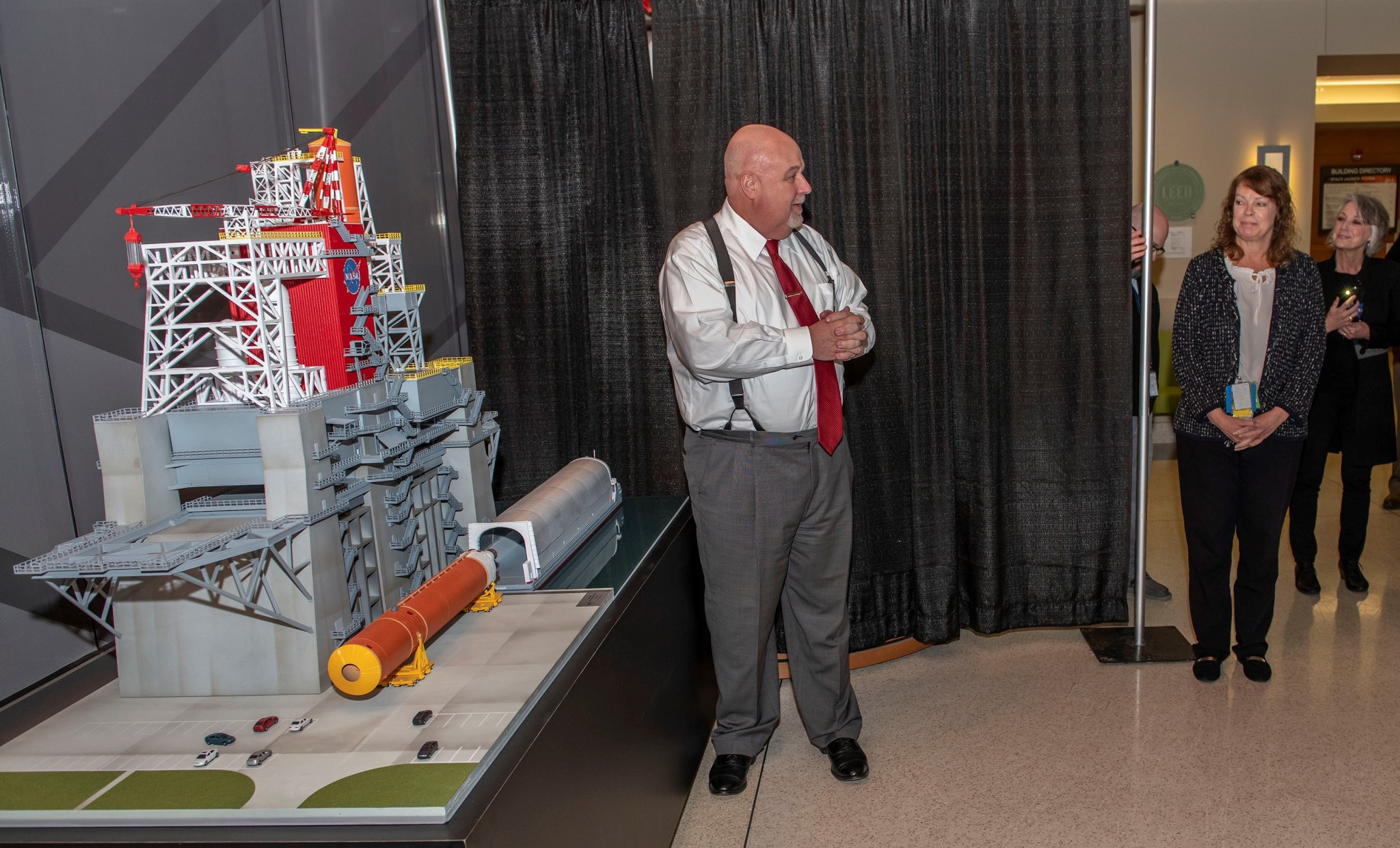
A replica of the B-2 Test Stand at NASA’s Stennis Space Center is unveiled to NASA’s Space Launch System Program leadership Feb. 5 at the agency’s Marshall Space Flight Center. Among those attending were, from left, SLS Program Manager John Honeycutt, SLS Stages Manager Julie Bassler and SLS Strategic Communications Manager Marcia Lindstrom. The model, which includes a scaled SLS core stage and Pegasus barge, was unveiled as core stage Green Run testing begins at Stennis. The 1/100th-scale model, on display in the Building 4220 lobby, took roughly eight months for Marshall’s Exhibits & Model Shop to build. Marshall’s Additive Manufacturing Lab assisted with the model by manufacturing 3D-printed parts for the replica Pegasus. (NASA/Fred Deaton)
Marshall to Celebrate Black History Month With Panel Discussion Feb. 18
NASA’s Marshall Space Flight Center will commemorate Black History Month on Feb. 18 with a panel discussion promoting education and careers in the STEM fields — science, technology, engineering and math — among historically black colleges and universities.
“Fueling the Mission” panelists will include Leslie Pollard, president of Oakwood University, and Quinton Ross, president of Alabama State University in Montgomery. Both schools are historically black colleges and universities that maintain strong working ties with NASA and Marshall in its science, engineering and spaceflight missions.
The event will begin at 10 a.m. in Activities Building 4316. All Marshall team members are encouraged to attend, and those who graduated from HBCUs are encouraged to wear their school colors.
Oakwood University and Alabama State University also will sponsor exhibit booths, along with Alabama A&M University, Tuskegee University in Tuskegee, Alabama, and others. The Alabama A&M Marching Maroon & White band and Oakwood University Aeolians Choir will perform, and attendees can sample ethnic cuisine.
NASA and Marshall work to engage and inspire underrepresented populations through a wide variety of education initiatives, internships and other STEM activities. The Minority University Research and Education Project, for example, awards multiyear grants to assist minority institution faculty and students in vital mission research.
HBCUs, as defined by the Higher Education Act of 1965, include “any historically black college or university that was established prior to 1964, whose principal mission was, and is, the education of black Americans….” Black History Month, the nation’s annual celebration of achievements by African Americans, is a time for recognizing the central role of blacks in U.S. history. Since 1976, every American president has officially designated the month of February as Black History Month.
NASA’s 3D-Printed Habitat Challenge Winners to Discuss Automation, 3D Printing in Public Panel
By Amanda M. Adams
On Feb. 19 at 6 p.m., winners from NASA’s 3D-Printed Habitat Challenge, along with NASA leaders, will discuss technology developments in automation and 3D printing that will enable human space exploration. The panel will take place at the U.S. Space & Rocket Center’s National Geographic Theater as a part of the Pass the Torch lecture series.
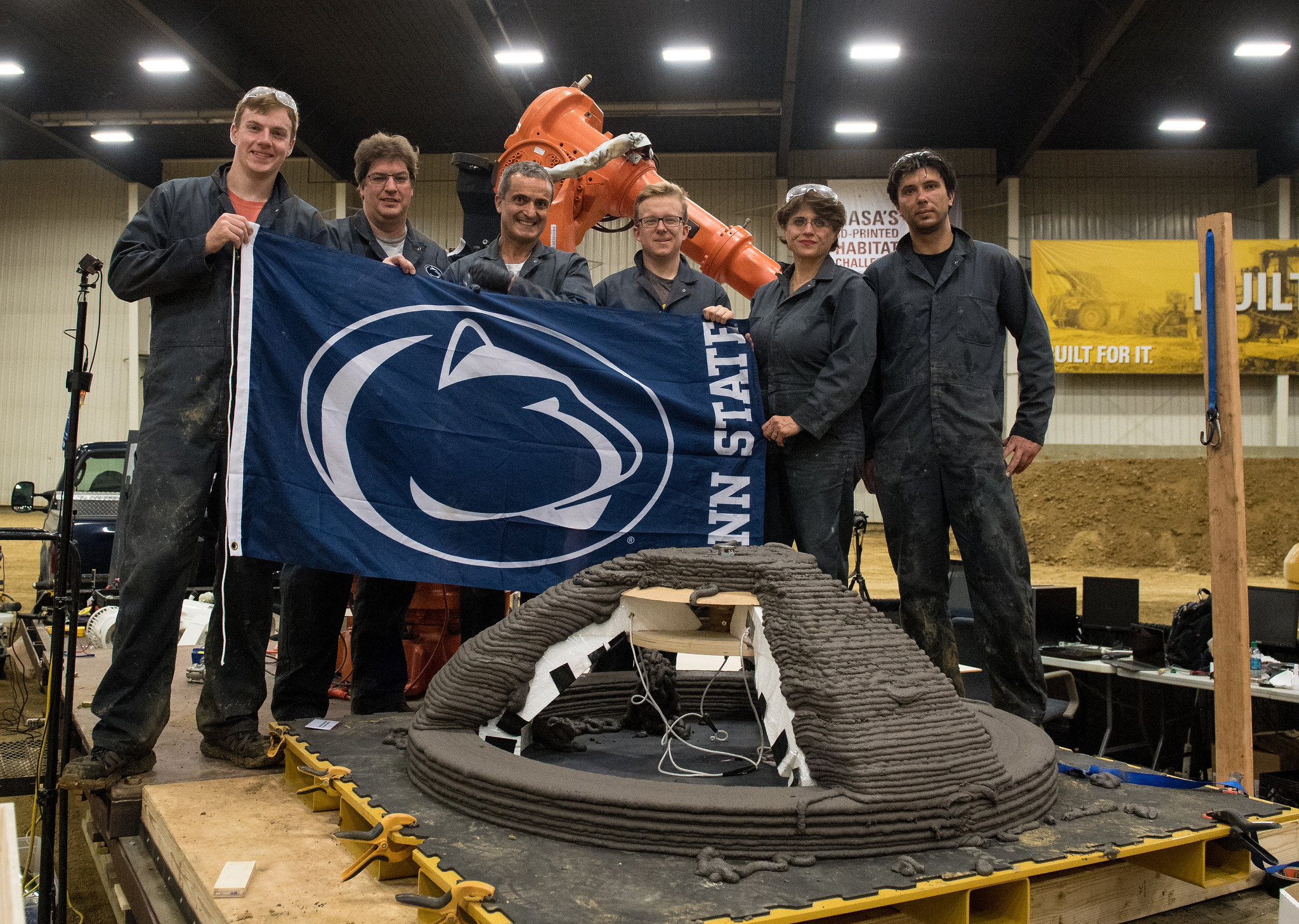
Presentations will be given by challenge winners, including Melodie Yashar, co-founder of SEArch+ of New York; Shadi Nazarian, an associate professor at Pennsylvania State University in University Park; and Jason Ballard, co-founder and chief executive officer of ICON of Austin, Texas. Following the presentations, NASA representatives will host a panel discussion. NASA panelists include Alexander MacDonald, NASA chief economist at NASA Headquarters, and Raymond “Corky” Clinton, associate director, technical, of the Science and Technology Office at NASA’s Marshall Space Flight Center. Retired NASA astronaut Donald Thomas will moderate the panel. Thomas completed four space shuttle missions between 1994-1997, spending 44 days in space.
The 3D-Printed Habitat Challenge was a NASA’s Centennial Challenges program competition to build a 3D-printed habitat for deep space exploration, including the agency’s journey to the Moon, Mars and beyond. The multiphase challenge was designed to advance the construction technology needed to create sustainable housing solutions for Earth and beyond. The competition, completed in 2019, awarded $2,061,023 in total prize money.
The Pass the Torch series is open to the public and features innovative, influential professionals from industry, academia and government discussing their work in space, aeronautics, engineering, science research and other related fields.
Adams, an ASRC Federal/Analytical Services employee, supports the Centennial Challenges program office and the Office of Strategic Analysis & Communications.
February Tech Talk Features United Launch Alliance Chief Scientist
Bernard Kutter, United Launch Alliance chief scientist, will visit NASA’s Marshall Space Flight Center on Feb. 13 to present the monthly Tech Talk at 1 p.m. in Building 4200, Room P110. He will give an overview of ULA’s past and present work — including 13 years supporting civil, national security and commercial customers with 136 successful launches. He will also discuss the company’s Vulcan Centaur rocket, seen in the diagram above, which is being built at ULA’s production facility in Decatur and is slated to make its launch debut in 2021. The Tech Talk series is presented by the Marshall Center Chief Technologist’s Office. (ULA)
Arsenal Recreational Trails Officially Open
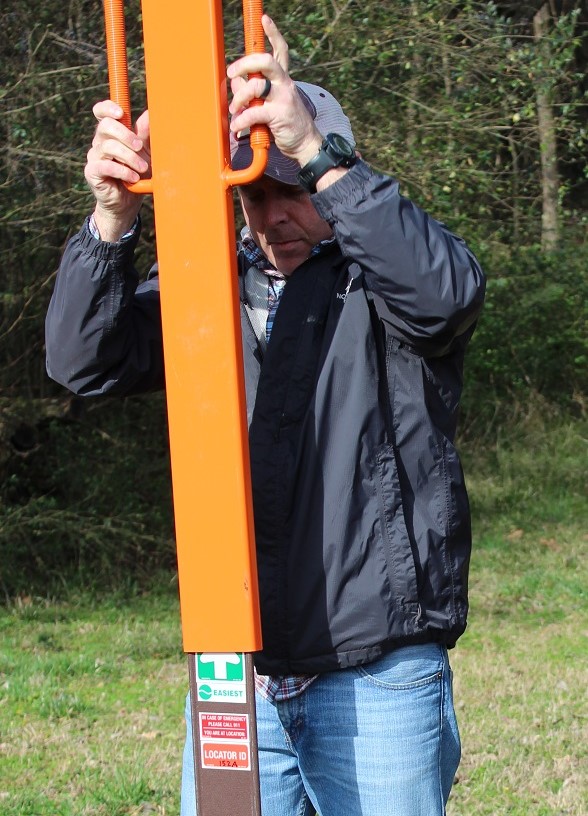
U.S. Army Col. Kelsey Smith, Redstone Arsenal garrison commander, plants the first marker for the arsenal’s recreational trails Feb. 1. He joined Redstone recreation leaders and volunteers at Vincent Park to place the first makers along the arsenal’s more than 20 miles of trails, a project that will take weeks to finish, according to Redstone Recreation Division Chief Gaylene Wilson. The trail system officially opened in late January following a year of work that included an environmental review and development of a signage plan, operating procedures and annual maintenance plan. To see a map of the trails, visit here. For more information, visit the Redstone Arsenal Mountainbike Pedalers’ Facebook page. (Redstone Rocket/Skip Vaughn)
This Week in NASA History: Destiny Installed on Space Station – Feb. 10, 2001
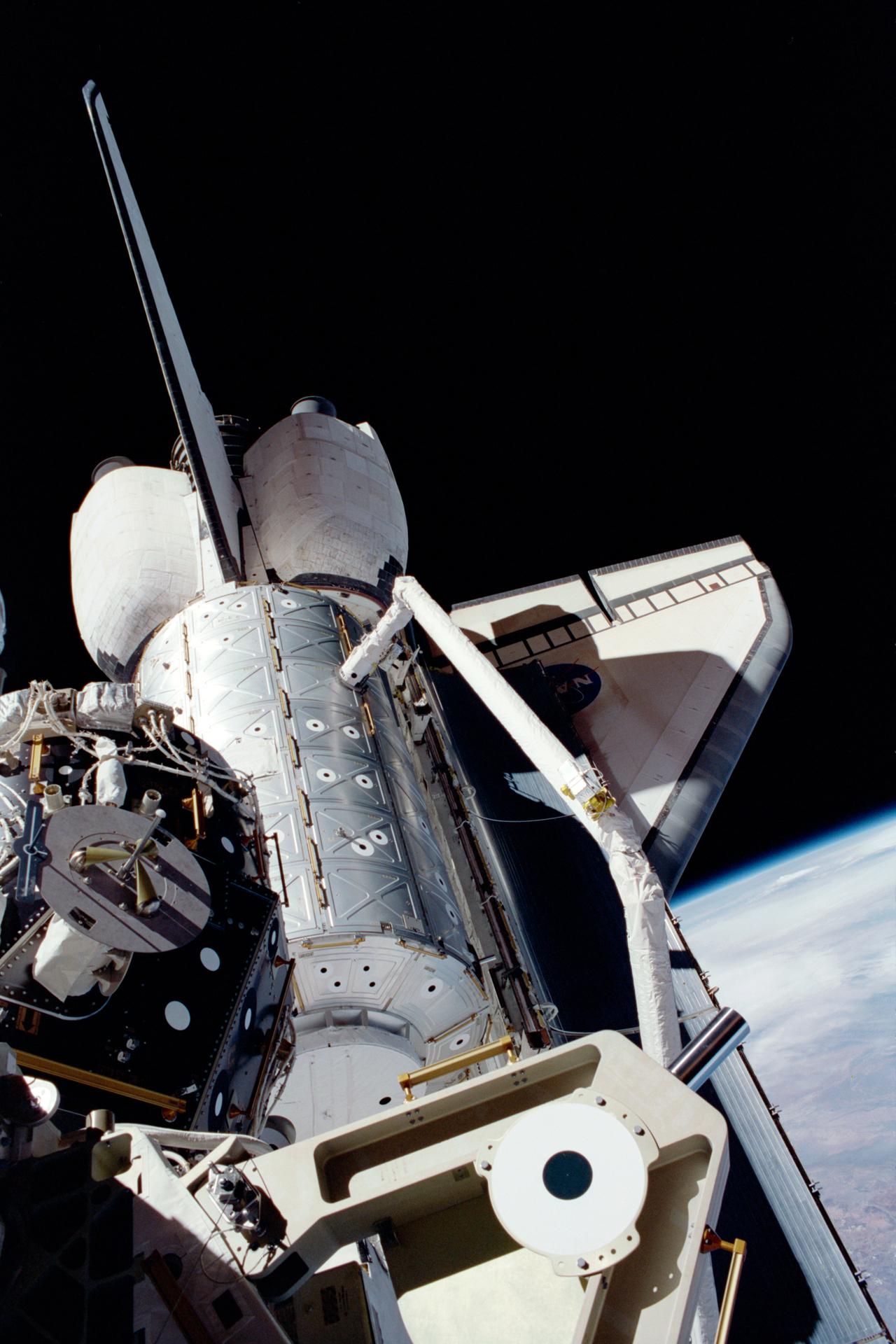
This week in 2001, the crew of space shuttle Atlantis, mission STS-98, successfully installed the U.S.-built Destiny lab on the International Space Station, using the remote manipulator system and concurrent spacewalks. The lab added 3,800 cubic feet of volume to the station, increasing onboard living space by 41%. Destiny serves as the primary research laboratory for U.S. payloads, supporting a wide range of experiments and studies contributing to health, safety and quality of life for people across the world. Here, Destiny is moved from its stowage position in the cargo bay of Atlantis using the shuttle’s remote manipulator system. Today, the Payload Operations Integration Center at NASA’s Marshall Space Flight Center serves as “science central” for the International Space Station, working 24/7, 365 days a year in support of the orbiting laboratory’s science experiments. The NASA History Program is responsible for generating, disseminating, and preserving NASA’s remarkable history and providing a comprehensive understanding of the institutional, cultural, social, political, economic, technological, and scientific aspects of NASA’s activities in aeronautics and space. For more pictures like this one and to connect to NASA’s history, visit the Marshall History Program’s webpage. (NASA)


























